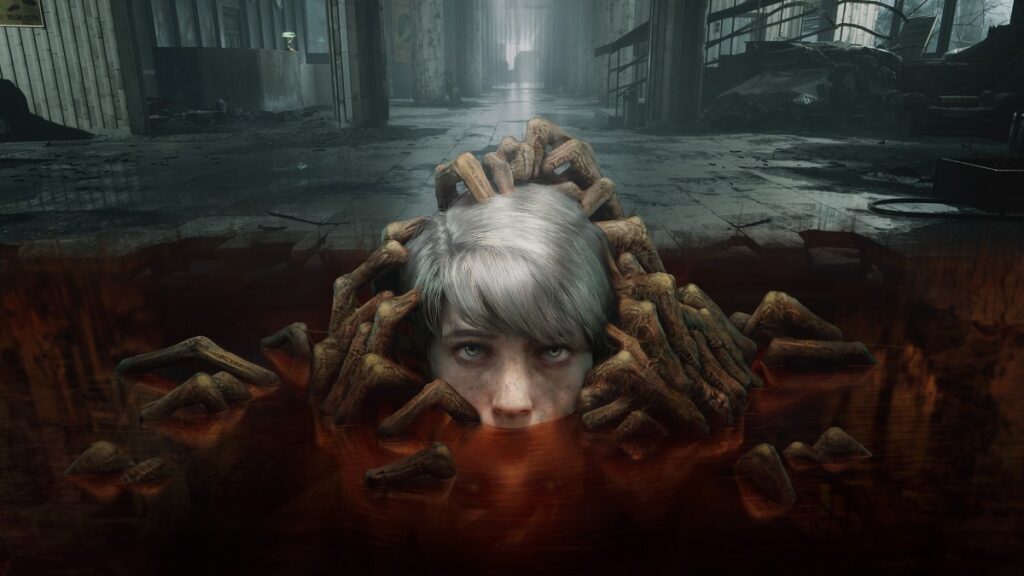Game art is an essential component of the video game industry as it creates immersive, interactive, and visually attractive environments for players. Perspective is vital in game art since it helps in the representation of 3D space on a two-dimensional plane, creating the illusion of depth through techniques such as vanishing points and horizon lines. Perception, on the other hand, affects how players experience game worlds, and game developers use it to apply illusions of motion, depth, and scale. Art direction plays a crucial role in game development as it provides a framework for the game’s visual style and tone, contributing to the game’s overall aesthetic.
Perspective and Perception: A Deep Dive into Game Art
Game art is an integral part of the video game industry, and it helps in creating immersive, interactive, and visually captivating environments that players can engage with. This article explores the importance of perspective and perception in game art, and how game developers leverage these principles to create stunning game worlds that captivate their audience.
What is Perspective?
Perspective in game art is the representation of three-dimensional space on a two-dimensional plane. This is achieved through the use of techniques such as foreshortening, vanishing points, and horizon lines to create the illusion of depth. Perspective can be used to create realistic environments, or it can be manipulated to create surreal or stylized worlds that are unique to the game’s design.
How Perception Affects Game Art
Perception refers to the way that humans interpret sensory information, and this is especially relevant in game art, as it can impact how players experience the game world. Game developers leverage perception to create illusions of motion, depth, and scale, which make the game world more immersive and engaging. Perception can be influenced by a variety of factors, such as lighting, color, texture, and sound, and game designers can use these elements to create environments that are visually and emotionally impactful.
Creating Immersive Game Worlds
To create immersive game worlds, game developers must combine perspective and perception in clever and creative ways. This can involve the use of lighting effects, such as shadows and reflections, to create a sense of depth and motion in the game world. Game design can also leverage texture and color to create a sense of scale and depth, with environments that appear more detailed and complex than they are in reality.
Another approach to creating immersive game worlds is the use of sound design, which can enhance the player’s perception of the environment. For example, ambient sounds, such as footsteps or rustling leaves, can create a sense of atmosphere and provide cues for players to engage with the environment. Similarly, music and sound effects can be used to create emotional responses in players, such as tension, excitement, or relaxation.
The Role of Art Direction in Game Development
Art direction is an essential part of game development, as it provides a framework for the game’s visual style and tone. Art directors work closely with game designers, producers, and other creative professionals to develop the game’s art style, which can involve the creation of concept art, character designs, and environmental sketches.
Art direction can also encompass the selection of color palettes, lighting techniques, and texture design, all of which contribute to the game’s overall aesthetic. With careful attention to detail and a clear vision for the game’s art direction, game developers can create visually and emotionally impactful experiences that resonate with players.
Conclusion
Game art is a complex and multifaceted field that involves the use of perspective, perception, and art direction to create immersive and engaging game worlds. By leveraging these principles, game developers can create visually stunning environments that provide players with emotional and interactive experiences that inspire them to explore and engage with the world around them. Whether you’re a game developer or a player, understanding how perspective and perception work in game art can enhance your appreciation and enjoyment of this exciting and innovative industry.
